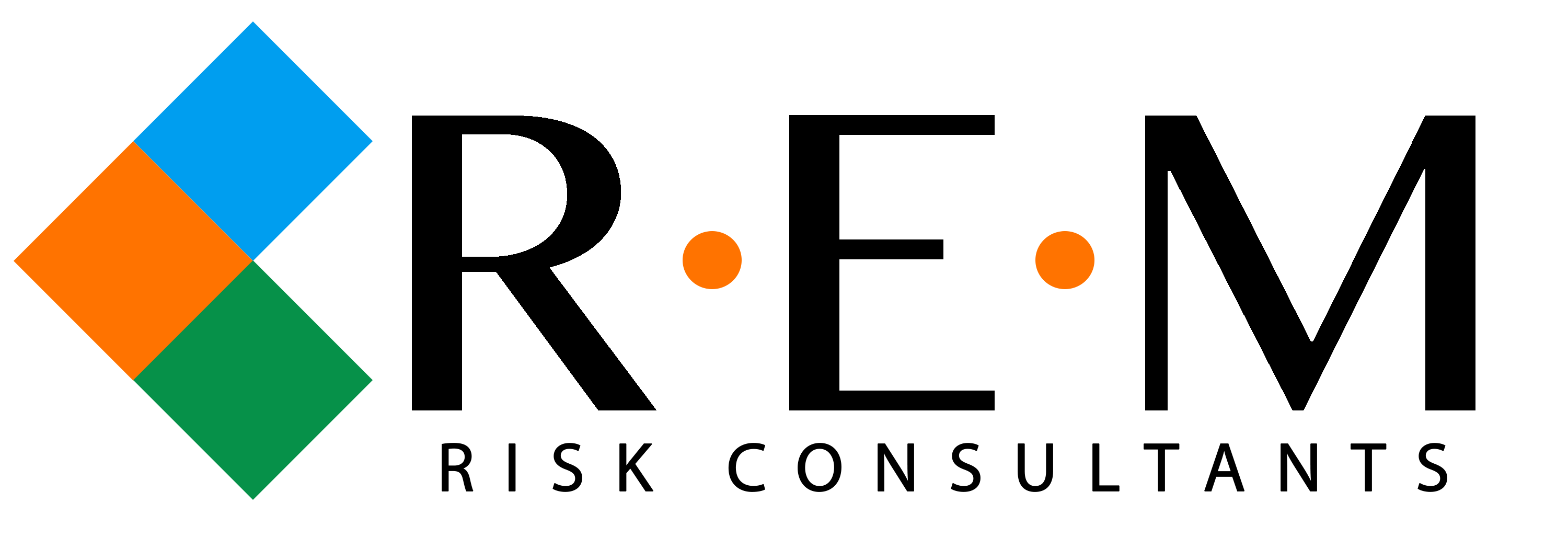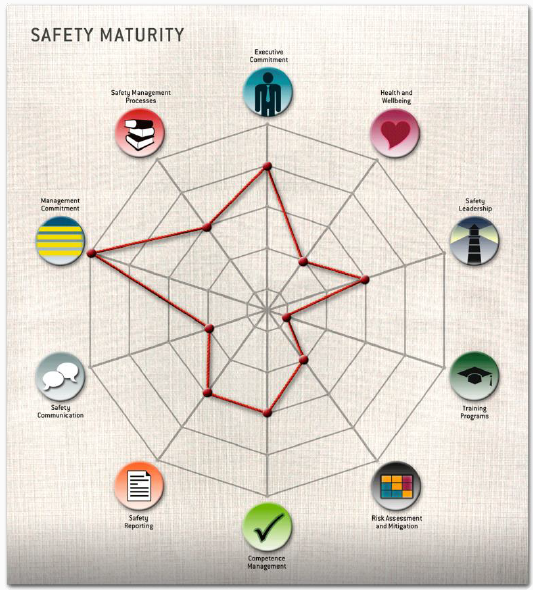Why Your Organization Needs a Safety Maturity Assessment
What is a Safety Maturity Assessment?
A Safety Maturity Assessment is a structured evaluation designed to measure the effectiveness of an organization’s safety culture, processes, and systems. This assessment identifies the current baseline of an organization—which includes its strengths, weaknesses, and opportunities for improvement.
However, it is crucial to understand that an assessment alone will not drive change. True transformation requires active leadership involvement and a motivated workforce. Without these elements, the results will remain data on paper rather than catalysts of real improvement.
How to Evaluate Your Facility
Several well-established frameworks exist to help organizations assess their safety maturity. While the terminology may differ, most models outline five progressive stages of safety culture development—from reactive to proactive to fully generative.
These models typically measure:
- Organizational mindset toward safety
- Leadership commitment and accountability
- Trust and communication between leaders and employees
By examining behaviors, processes, and employee engagement at each stage, companies can spot gaps, apply targeted strategies, and steadily progress toward a mature safety culture— perhaps one where safety is not just a priority, but a core organizational value woven into daily operations.
Why Leadership Matters
One common misconception is that poor safety culture stems mainly from the workforce. In reality, frontline culture is often a reflection of leadership behaviors and priorities.
Research from Sentis shows that only 1 in 4 leaders consistently demonstrate strong safety leadership behaviors[1]. This makes leadership commitment absolutely critical. When leaders set and reinforce a compelling vision for safety, they establish the “tone at the top,” influencing every level of the organization.
The Results of a Strong Safety Culture
The benefits of a mature safety culture extend far beyond fewer accidents and injuries:
- Reduced costs: Lower workers’ compensation claims, insurance premiums, and indirect costs.
- Higher morale: Employees feel valued, motivated, and more engaged in their work.
- Improved retention: A positive culture reduces turnover, a welcome relief for HR teams.
- Operational stability: A safe workplace creates efficiency and trust across teams.
- Employer reputation: Companies with strong safety cultures become employers of choice.
- Cross-department gains: Functions like Quality often improve alongside safety, as employees become more invested in minimizing waste and supporting organizational goals.
Final Thought
A Safety Maturity Assessment is not just about compliance; it is a strategic tool for continuous improvement, strengthening leadership accountability, and fostering a workplace where safety and operational excellence go hand in hand.
In need of a Safety Maturity Assessment? R.E.M. Risk Consultants has you covered. Excellence in Environmental, Health, and Safety can strengthen a company’s business continuity, leading to more efficient production and less downtime. Click the link to learn how our team of recognized experts can help: EHS Excellence – R·E·M Risk Consultants
[1] http://www.sentis.com.au, The State of Safety Leadership, August 31, 2017.


